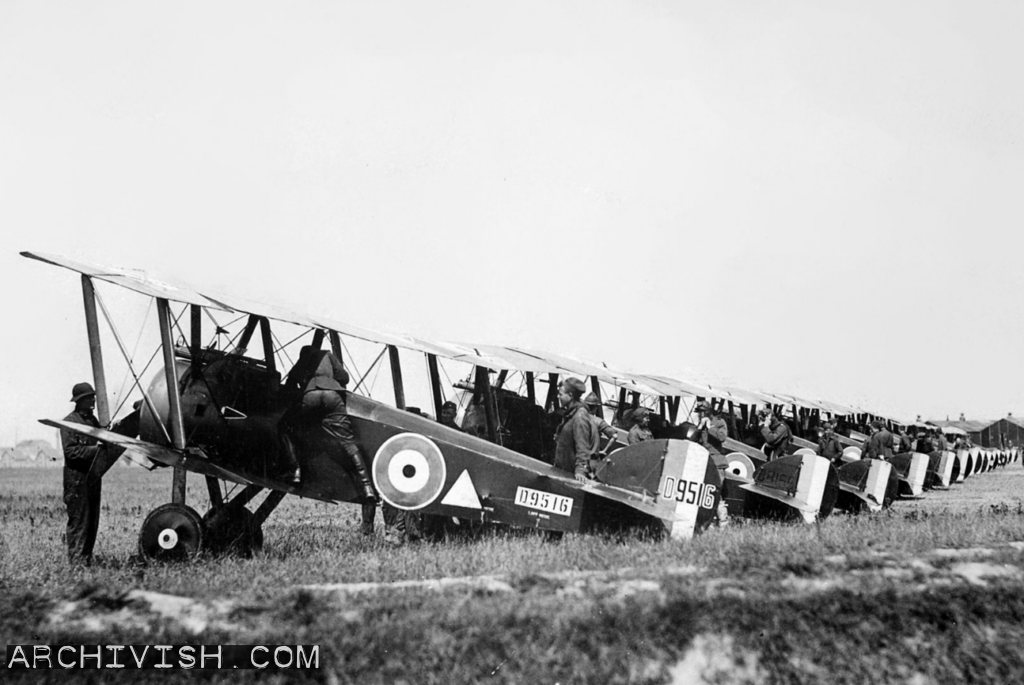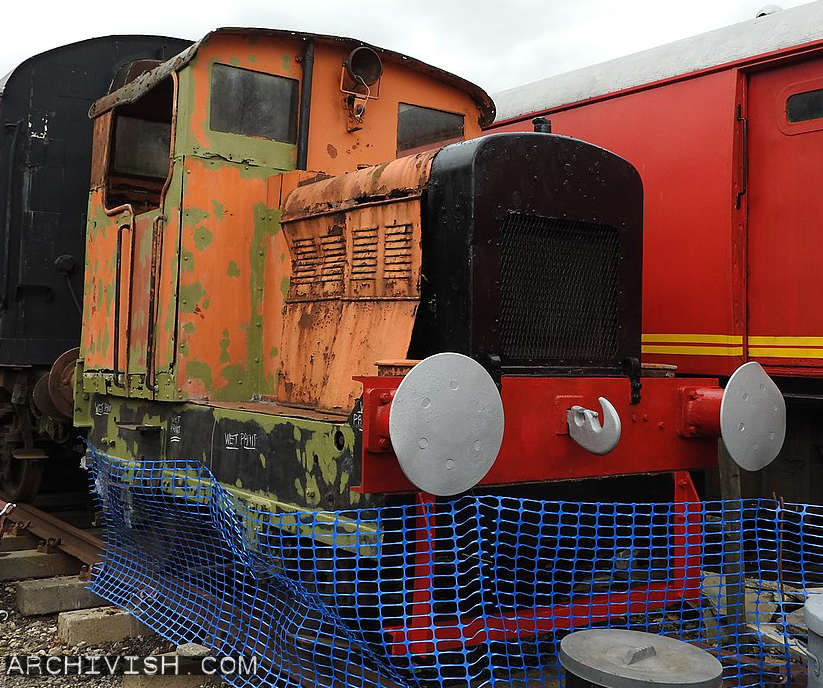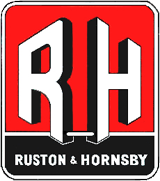Ruston & Hornsby
Ruston & Hornsby was established on the September 11th, 1918, when the to companies “Ruston, Proctor and Company” merged with “Richard Hornsby & Sons”.
Aero engines
3.000 aero engines were manufactured at the factory during WWI
Aeroplanes
During the first world war, Ruston & Hornsby was Britain’s largest manufacturer of Sopwith Camel biplanes for the Royal Air Force. 1.600 of the 2.750 aeroplanes built were “Camels”

Automobiles
Between 1919 and 1925, H&R built their own car.
Two versions of the Ruston-Hornsby Car were produced, in 1.500 examples.
The smaller version had a 15,9 horsepower engine, and the larger one a 20 horsepower 3,3 litre engine.
However the cars were very expensive compared to the competition, between 440GBP and 1.000GBP.
Ship Engines
Ruston & Hornsby built some engines for seafaring vessels.
One of them is beached on Iceland’s coast, where it has become a must see for tourists. The BA 64 Gardar, was built in 1912 and it’s original steam engine was replaced with a diesel engine from R&H in 1945.

Stationary Engines
R&H built a long row of stationary steam and diesel engines. Many of these were used on farms, and factories.
Steam Shovels
Ruston & Hornsby produced a long row of steam powered cranes and shovels, that were seen in mines and construction sites.
These steam powered giants carved out many a road, and railway line.

Steamrollers

Locomotives

The small, narrow gauge LB diesel locomotives were popular in the mining industry, where models without a cabin pulled heavy carts full of ore from the mine shafts.
Weapons
During both world wars, the company manufactured material for the British armed forces.

